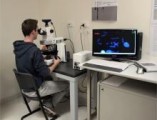
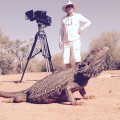


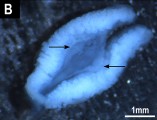
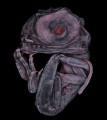

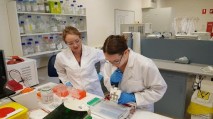





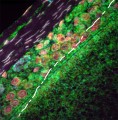
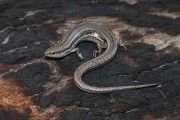





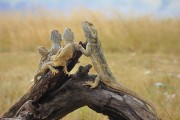
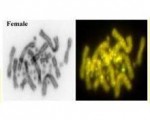
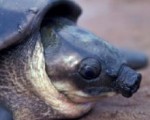



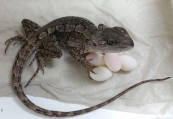

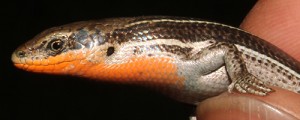




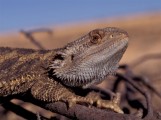


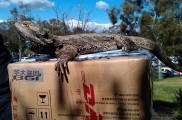
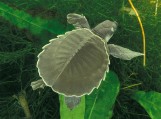


Current Projects
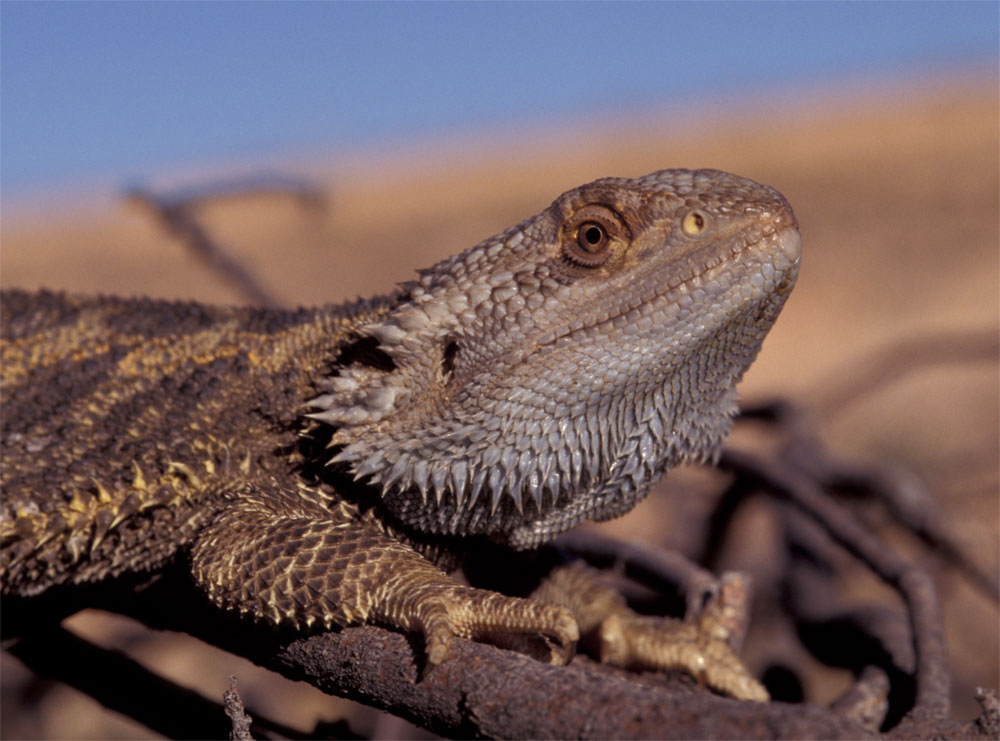
Ecology, Evolution and Genomics of Sex
Team:
We are using novel genetic, molecular and cytological approaches to build a picture of the mechanisms of sex determination in the central bearded dragon, Pogona vitticeps and other squamates. Central questions we address are: Which chromosomes are the sex chromosomes and what genes do they contain among which is the master switch? How does temperature exert its influence in species with thermolabile sex? What drives transitions in the relative influence of genotype and environment, and how do gene-environment interactions play out in the wild?
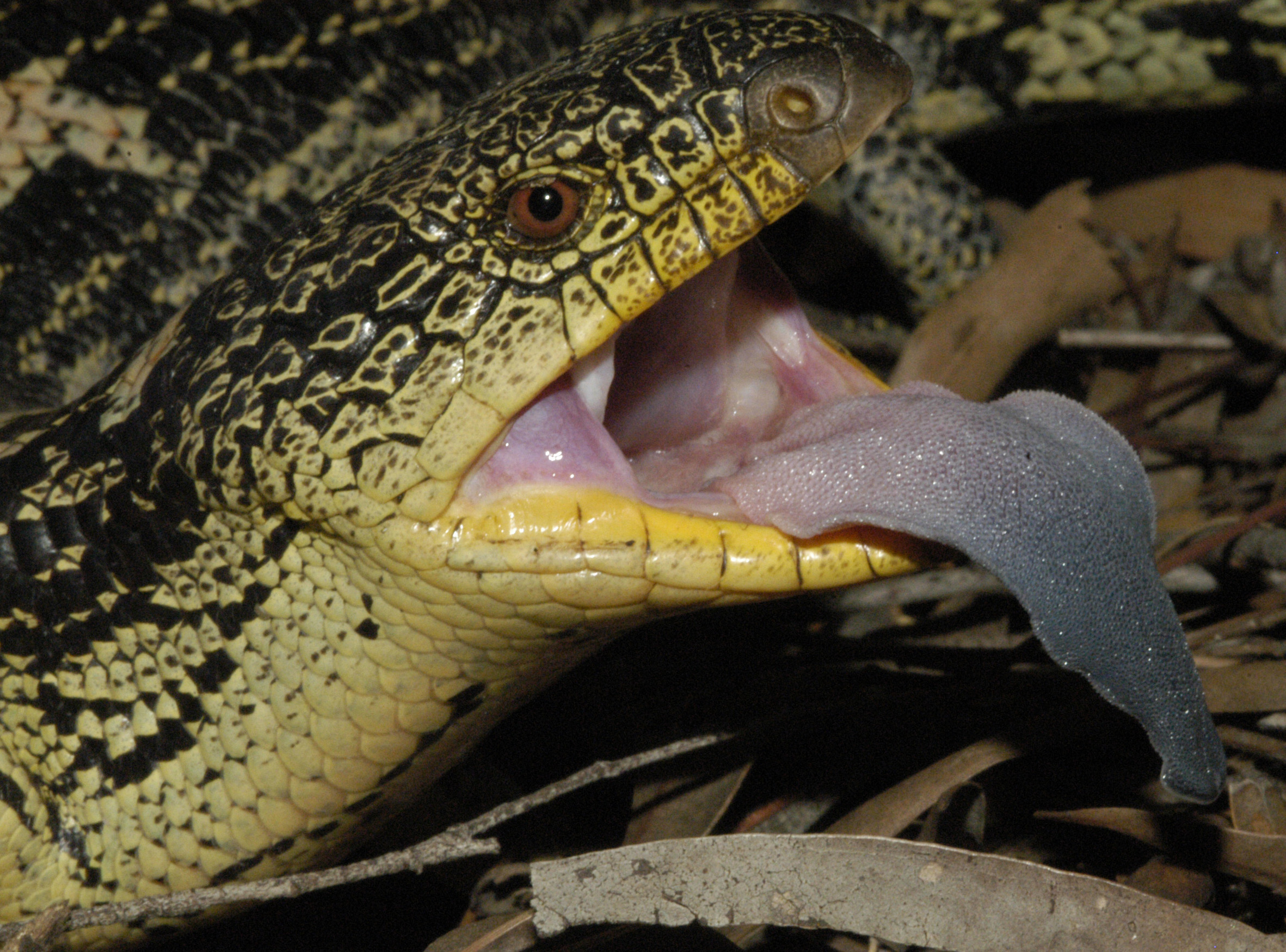
Australian Amphibian and Reptile Genomics
Team:
The Australian Amphibian and Reptile Genomics initiative is a nationally inclusive and collaborative project co-led by Prof Craig Moritz (ANU) and Prof Arthur Georges (University of Canberra) and driven by the research community through partnership of universities, museums, government agencies and NGOs. The initiative will facilitate research using genomics approaches towards a more thorough understanding of evolution and conservation of Australia’s unique native Amphibians and Reptiles that are now under threat, through climate, disease or habitat modification. Bioplatforms Australia has funded this initiative which will operate under the governance of representatives from Australian museums, universities and government agencies.

Dosage Compensation
Team:
In mammals, birds, snakes and many lizards and fish, sex is determined genetically (either male XY heterogamy or female ZW heterogamy), whereas in alligators, and in many reptiles and turtles, the temperature at which eggs are incubated determines sex. Different sex-determining systems (and sex chromosome pairs) have evolved independently in different vertebrate lineages. Homology shared by Xs and Ys (and Zs and Ws) within species demonstrates that differentiated sex chromosomes were once homologous, and that the sex-specific non-recombining Y (or W) was progressively degraded. Consequently, genes are left in single copy in the heterogametic sex, which results in an imbalance of the dosage of genes on the sex chromosomes between the sexes, and also relative to the autosomes. Dosage compensation has evolved in diverse species to compensate for these dose differences, with the stringency of compensation apparently differing greatly between lineages, perhaps reflecting the concentration of genes on the original autosome pair that required dosage compensation.
